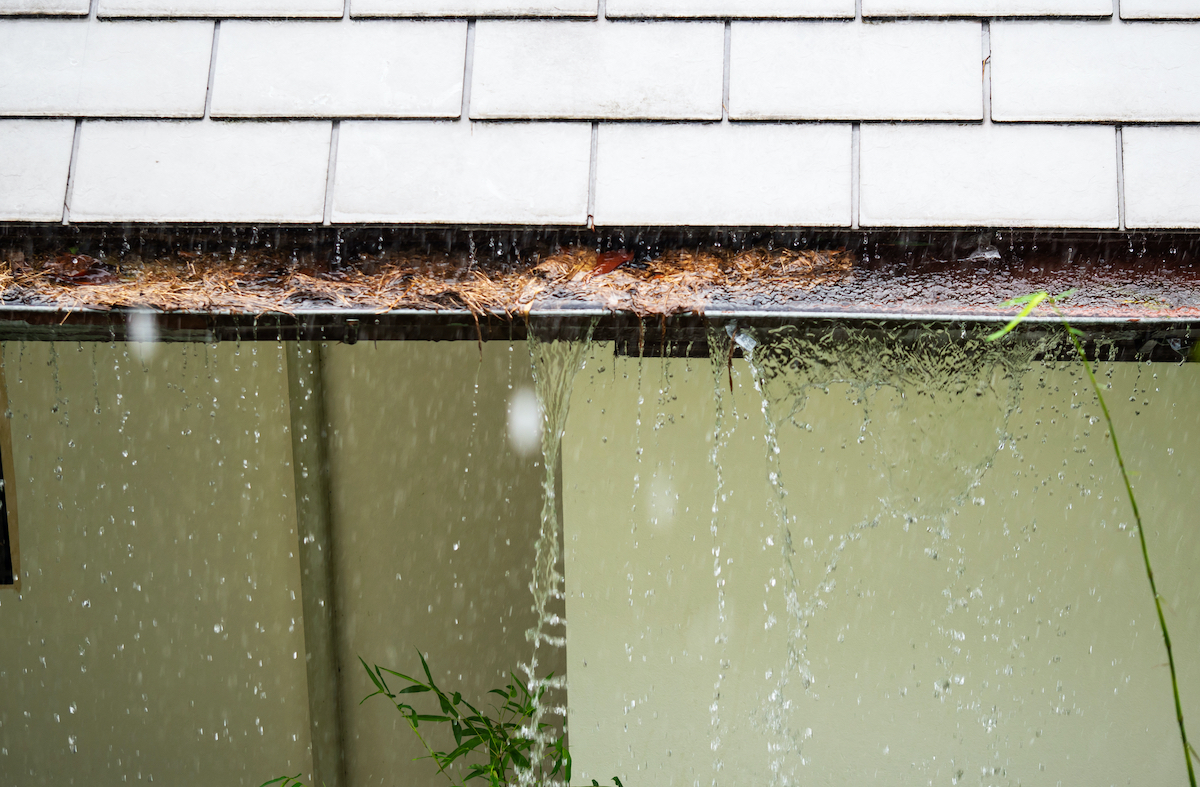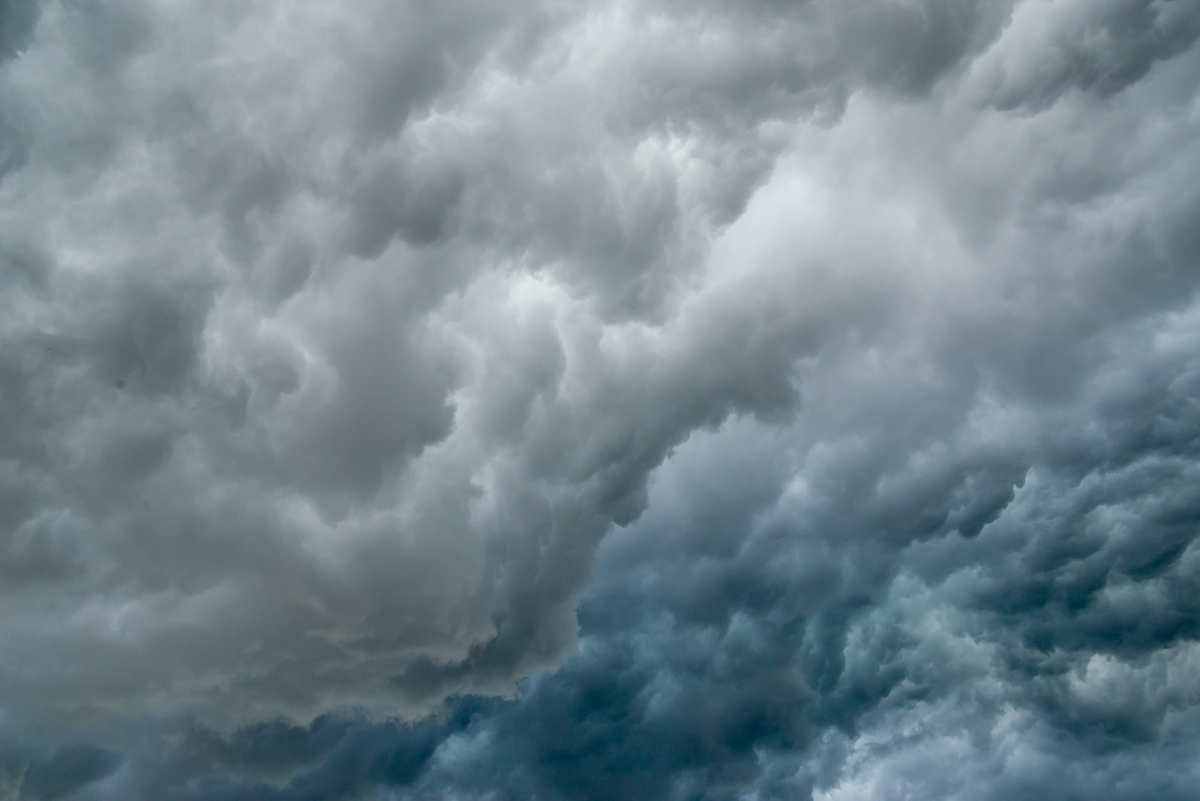Waterfalls are superb, unless they are on your house! A leaking gutter can be a headache to solve. There are ways to test your gutters for leaks without any special equipment, and from safety of the ground. Better yet, you can test the efficiency of your gutter system without waiting for the rain.
If it is not raining, you can check for leaks using a garden hose. (The gutters need to be clear from leaves and debris first). Situate the hose inside the gutter by throwing it up from the ground, and turn the tap on. The water should flow towards the downpipes. Keep an eye out from underneath to see if any dripping water appears. You may need a helper to assist you to check the entire perimeter of the house. It is not a good sign if water spills out over the sides. If water appears to stall in the gutters or not flow towards the downpipes, you may have a gutter slope problem. While inspecting the exterior of your home, also be on the look out for sagging gutters.
If it is possible to do so while on the ground, getting a sprinkler on the roof also closely mimics natural rainfall. It will give you an idea of where the natural flow of water goes, and if it indeed flows towards the downpipes.
If it is raining, there is a simple trick to see if water is running effectively down the down pipes from the ground. Check each drainpipe by pressing your ear to the pipe, and listen for water running through. It can be difficult to check yourself, so if in doubt, consult a trained professional.
We Queenslanders love our older style homes with a sense of character. Is your home an older build? You may not have many downpipes. This can be an issue as it can only take one drainpipe to be blocked to cause a myriad of problems. It won’t take long for another drainpipe to block quickly from the overflow. Cue domino effect! Unfortunately, plumbing problems can escalate quickly and cause damages to even the inside of your home. It is possible to get more downpipes installed by a registered plumber. Otherwise, ensure you keep up a regular maintenance program so that your gutters are free from debris and can function even if an unexpected heavy down pour is to occur.
If you notice any holes or cracks, it is best to get onto it straight away. Don’t delay. Left unattended, even small leaks can cause rust, and further damages to your home. Along with this, stagnant water caused by incorrect water flow in your gutter system can lead to mosquito infestations. Especially with summer around the corner, do not give mosquitoes any more incentive to make their home in yours. It is recommended to call a registered plumber to carry out any repairs.
Please note – do NOT attempt to get on the roof without the correct safety equipment and know-how of a professional. While we are up there, Gutter-Vac can take photos of your roof condition as part of our roof inspection report. We also provide useful before and after pictures. Getting on a roof or ladder can lead to serious injury and fatality – leave it to the experts! It is better to be safe than to be sorry. Tragically, it was in the news recently that the guitarist of the iconic Australian band, ‘Skyhooks’, sadly passed away following a ladder accident. Unfortunately, ladder accidents can happen to anyone.







